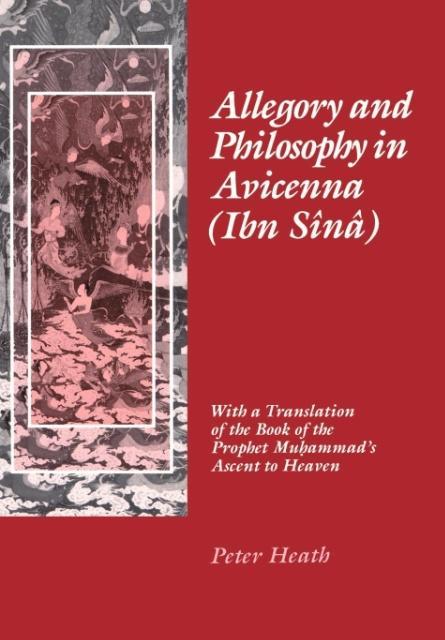
Zustellung: Mo, 02.06. - Fr, 06.06.
Versand in 2 Wochen
VersandkostenfreiBestellen & in Filiale abholen:
Explores the use of allegory in the writing of the renowned eleventh-century Muslim philosopher known in the West as Avicenna, paying special attention to the ways he influenced theological, mystical, and literary thought in subsequent Islamic--and Western--intellectual and religious history.
Inhaltsverzeichnis
Note on Transliteration and Dates
List of Abbreviations
Journals and Reference Works
Titles of Works by Avicenna
Preface
PART I. INTRODUCTION
1. Avicenna and Islamic Allegory
2. Avicenna: Courtier, Physician, Philosopher
PART II. ALLEGORY AND PHILOSOPHY
3. The Structure and Representation of the Cosmos
4. Avicenna's Theory of the Soul
5. Avicenna's Theory of Knowledge
PART III. THE MI'RÂJ NÂMA
6. Translation of the Mi'râj Nâma
7. The Translation of the Mi'râj Nâma (The Book of the Prophet
Muhammad's Ascent to Heaven)
PART IV. INTERPRETATION AND ALLEGORY
7. The Interpretation and Function of Allegory
8. Allegory and Allegoresis
APPENDICES
Appendix A On Allegory
Appendix B On the Attribution of the Mi'râj Nâma
Appendix C The Manuscripts
Appendix D The Text of Avicenna's Version of the Mi'râj (without his attendant commentary)
BIBLIOGRAPHY
INDEX
List of Abbreviations
Journals and Reference Works
Titles of Works by Avicenna
Preface
PART I. INTRODUCTION
1. Avicenna and Islamic Allegory
2. Avicenna: Courtier, Physician, Philosopher
PART II. ALLEGORY AND PHILOSOPHY
3. The Structure and Representation of the Cosmos
4. Avicenna's Theory of the Soul
5. Avicenna's Theory of Knowledge
PART III. THE MI'RÂJ NÂMA
6. Translation of the Mi'râj Nâma
7. The Translation of the Mi'râj Nâma (The Book of the Prophet
Muhammad's Ascent to Heaven)
PART IV. INTERPRETATION AND ALLEGORY
7. The Interpretation and Function of Allegory
8. Allegory and Allegoresis
APPENDICES
Appendix A On Allegory
Appendix B On the Attribution of the Mi'râj Nâma
Appendix C The Manuscripts
Appendix D The Text of Avicenna's Version of the Mi'râj (without his attendant commentary)
BIBLIOGRAPHY
INDEX
Produktdetails
Erscheinungsdatum
29. August 1992
Sprache
englisch
Seitenanzahl
272
Autor/Autorin
Peter Heath
Verlag/Hersteller
Produktart
gebunden
Gewicht
601 g
Größe (L/B/H)
240/162/27 mm
ISBN
9780812231519
Entdecken Sie mehr
Bewertungen
0 Bewertungen
Es wurden noch keine Bewertungen abgegeben. Schreiben Sie die erste Bewertung zu "Allegory and Philosophy in Avicenna (Ibn Sînâ)" und helfen Sie damit anderen bei der Kaufentscheidung.










